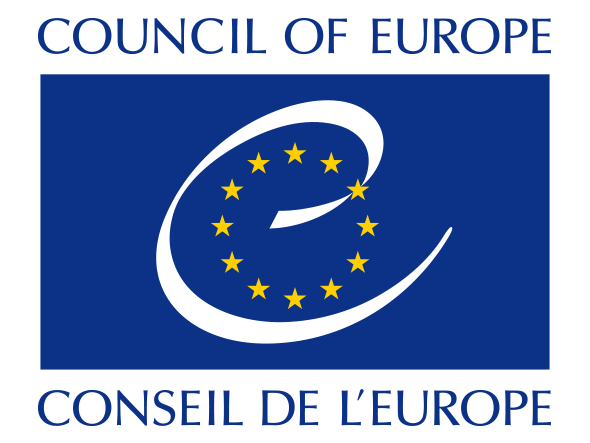Six states signed today in Nicosia (Cyprus) the Council of Europe Convention on Offences relating to Cultural Property.
Armenia, Cyprus, Greece, Portugal and San Marino as well as Mexico, one of the Organisation’s observer states, were the first to sign the convention, which is open for signature to any country in the world.
Adopted in the framework of the Council of Europe’s action to fight terrorism and organised crime, the new convention seeks to stop the looting of antiquities and their trafficking through the art markets. It makes a criminal offence their unlawful excavation, importation and exportation, acquisition and placing on the market, and the falsification of documents in this context.
By bringing national legislations up to the same standards, the treaty will close the existing loopholes and enable much more effective cross-border co-operation in investigating, prosecuting and sentencing persons suspected of the offences listed in the convention.
Crucially, the convention protects the cultural property of any state, be it party or not to the treaty.
The signing took place in Nicosia during a Council of Europe’s Committee of Ministers meeting bringing together Foreign affairs Ministers of the Organisation’s 47 Member States. The treaty will enter into force after five ratifications.
The new treaty fills a gap in international law, since none of the existing conventions deal with criminal law issues. It complements the 1970 UNESCO Convention on the Means of Prohibiting and Preventing the Illicit Import, Export and Transfer of Ownership of Cultural Property, the 1972 UNESCO Convention concerning the Protection of the World Cultural and Natural Heritage and the 1995 UNIDROIT Convention on Stolen or Illegally Exported Cultural Objects.



















































